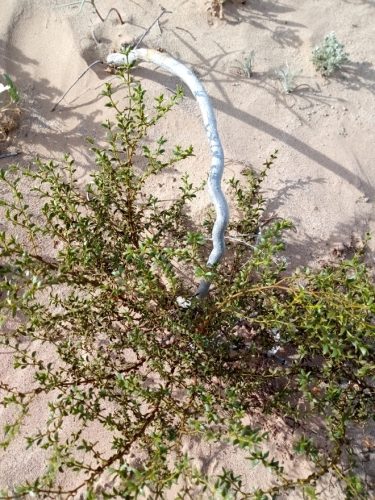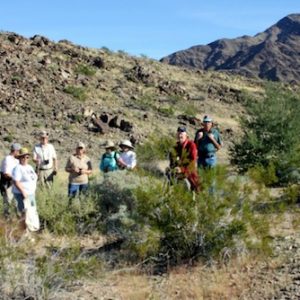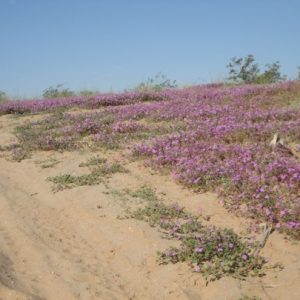Volunteering Opportunities
Want to get involved? We've got just the thing!
During the winter season there are opportunities for members to table annual events such as the home and garden show, the Moody Garden art walk, and the Yuma Birding, Nature and History Festival.
CHAPTER ACTIVITIES
In 2019, University of Arizona Cooperative Extension funded a greenhouse located at the University of Arizona farm. The greenhouse is managed by the Yuma Master Gardeners and a portion of it is used to cultivate natives.
During 2019-2020, members of the Yuma chapter joined the City of Yuma Tree and Shade Masterplan Task Force. The Society is contributing to the task force by providing information to encourage planting native trees.
WHERE TO ENJOY NATIVE PLANTS
Yuma Conservation Garden
2520 East 32nd St, Yuma, AZ 85664
Located on the west side of the Yuma County Fairgrounds on the north side of 32nd Street across from the airport. Entrance gate is located just west of the Fairground south entry.
A community treasure of Sonoran Desert experience, environmental education, family events and volunteer opportunities. Open to the public from the first of November through the first of May every Saturday from 9-5 and Sunday noon to 5. Call 928-317-1935 to arrange group entry at other times. An assortment of mature cacti and a desert oasis are unique features of the garden.
Robert J. Moody Demonstration Garden
2200 W 28th St, Yuma, AZ 85364
928-726-3904
Started in 2004 by the Moody Garden Makers, the demonstration garden is open 365 days a year and is free to the public. The garden is a partnership between the University of Arizona and the Moody Garden Makers Garden Club. The purpose of the garden is to educate Yuma residents on gardening in the Southwest. Included in the garden is a native plant and xeriscape section.
Yuma West Wetlands
282 N. 12th Avenue, Yuma, AZ
The 110‐acre West Wetlands Park managed by City of Yuma Parks and Recreation is a jewel and beloved by the citizens of Yuma. The 30 acres of the “lower bench” are restored with a gallery of mature native riparian trees, and an additional 30 acres of the “upper bench” are developed with a lake, picnic ramadas, parking, lighting, and landscaping. A Butterfly and Hummingbird Garden features a mixture of native trees, shrubs and cacti.
Yuma East Wetlands
Accessed by driving to Yuma Territorial Prison, 220 N. Prison Hill Road. From the prison parking lot, drive down the hill to Riverside Park.
The Yuma East Wetlands is considered a model for wetlands restoration in the desert Southwest and is led by a partnership between the Yuma Crossing National Heritage Area, Quechan Indian Tribe, City of Yuma, and Arizona Game and Fish Department.
Restoration activities were initiated in 2004 and nearly 400 acres have been transformed from a trash dump filled with hobo camps into a mosaic of marsh, mesquite, cottonwood, and willows which provide habitat for an array of wildlife species.
A few of the most notable species discovered since the East Wetlands was created include the endangered Ridgway’s Rail (Yuma Clapper Rail) and the presence and successful breeding of the endangered Yellow-Billed Cuckoo.







